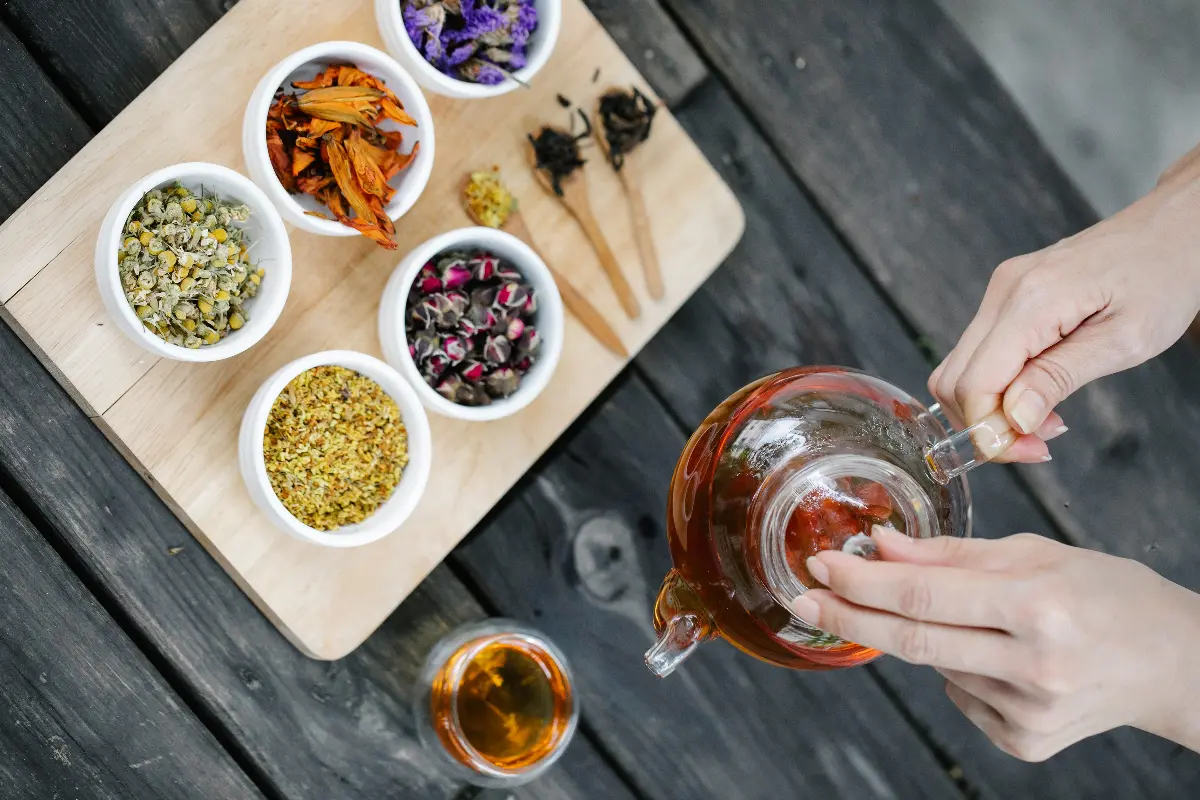
Helyszín címkék:
Medicinal herbs and spices that can be used to make a soul-warming tea in the autumn-winter months
Uzonyi Nóra
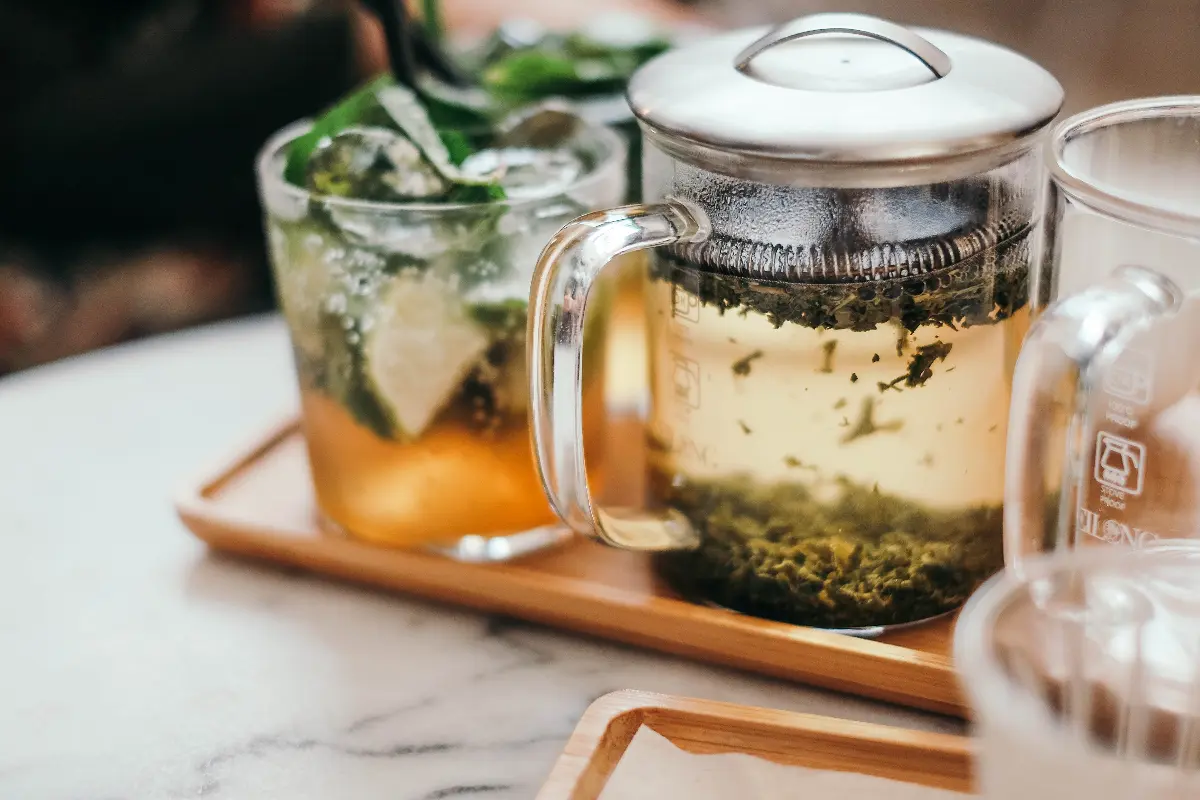
The miraculous chamomile: a natural remedy for colds and digestive complaints
Chamomile teas line the shelves of supermarkets, drugstores and herbariums, but if you want to put all the plant’s magic on medicinal display, it is better to boil fresh or dried chamomile flowers.
Chamomile, also known as medical chamomile, is a real superhero when it comes to reducing inflammation or relieving spasms. Simply boil the flower, leave it to steep for a few minutes and then drink it as a tea: the essential oils and flavonoids in the plant will massage the throat and help relieve cold symptoms. If you are not comfortable with chamomile’s distinctive aromas, use it simply as a rinse or inhalation: you will still feel its benefits.
As a bonus, chamomile tea can also help fight insomnia!
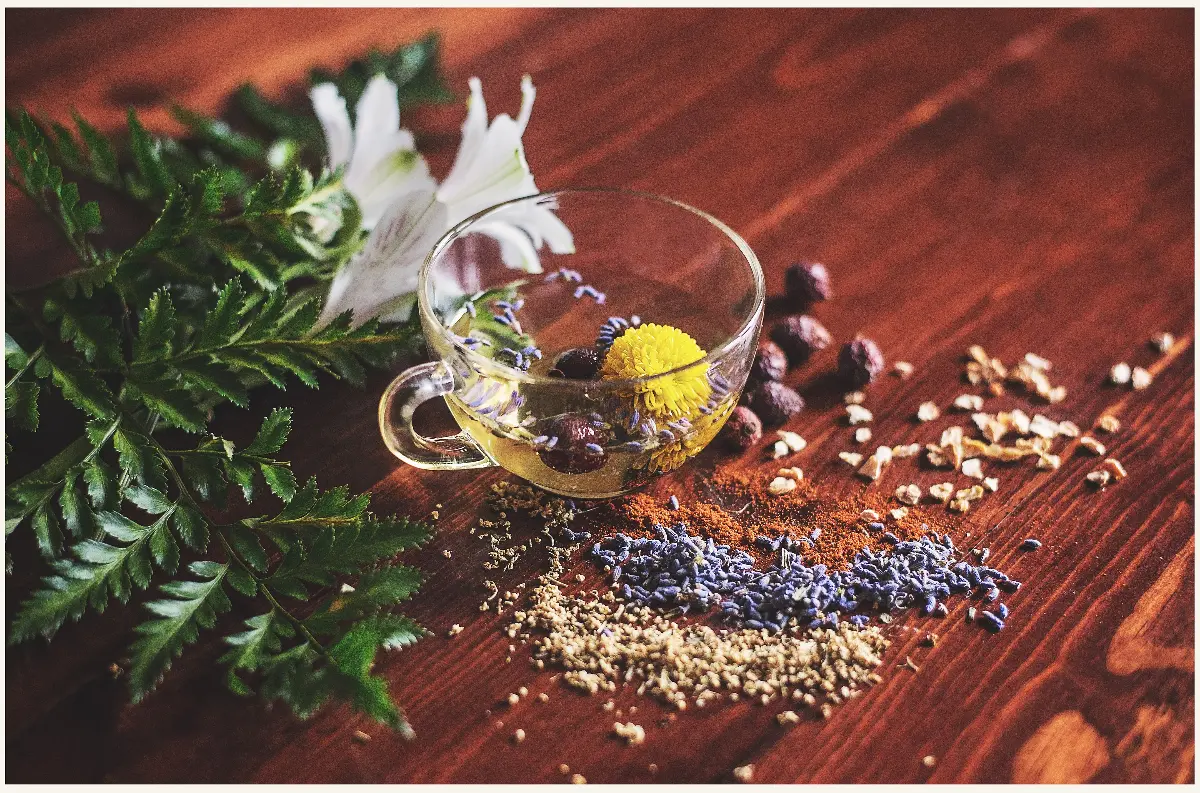
Fennel: much more than a culinary delicacy
Fennel seeds are a favourite spice in Middle and Far Eastern cuisine: their aniseed flavour can usually make people either adore them or say “I don’t want this”. But the tiny fennel seeds are happy to infuse not only food but also hot water with flavour and healing properties.
Although fresh fennel flowers are also perfect for tea, it is worth using the seeds of the plant due to the difficulty of obtaining the flowers: take two to three teaspoons of fennel seeds, “give it a little” in a mortar, then pour two cups of hot water over it. All it takes is 2-3 minutes of steeping: strain the drink and you are ready to drink. Fennel tea can help relieve digestive complaints and is also thought to have a diuretic effect. And the flavour is most reminiscent of liquirice: if this is not your favourite flavour, you can add a little honey and lemon to the tea when it is no longer hot.
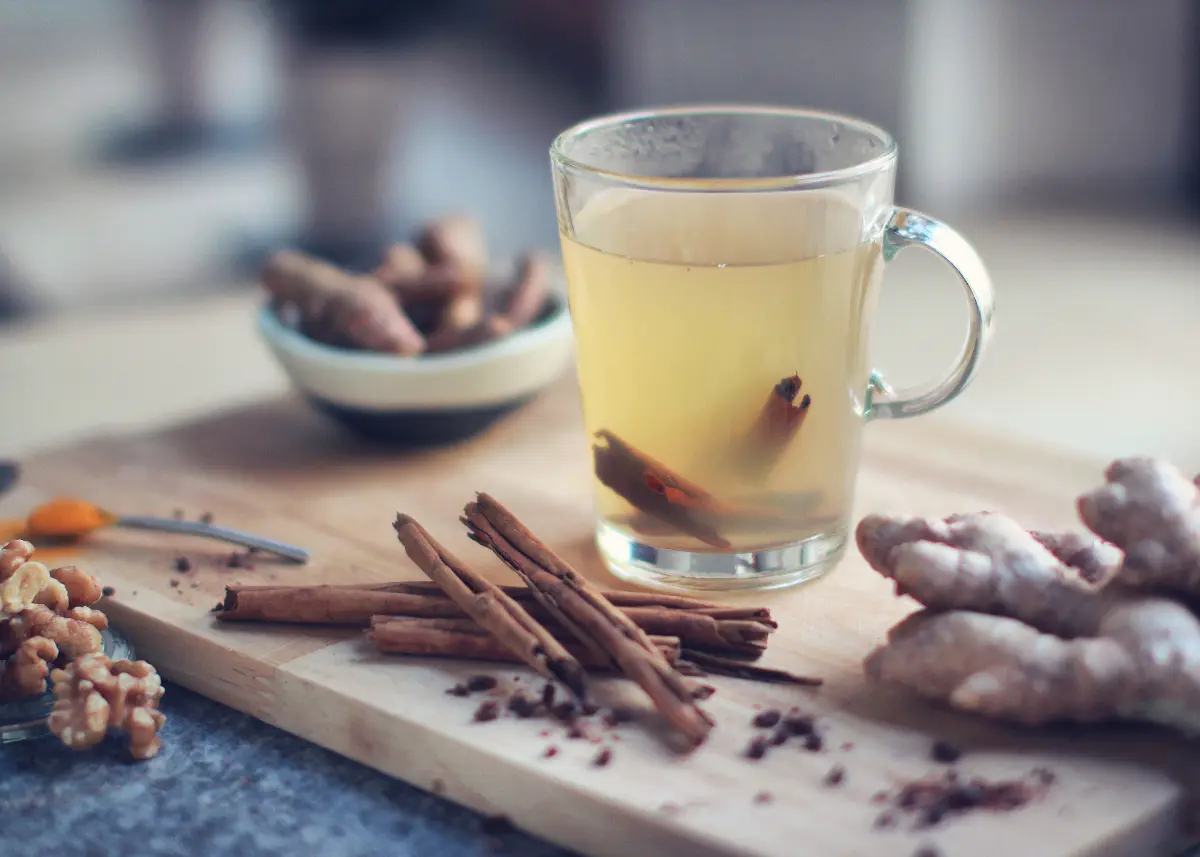
The thousand-faceted mint: goodbye, headache!
Mint is not only a great friend of food and refreshing lemonades, it also happens to be a great friend of hobby gardeners: it is almost impossible to eradicate, which is good news as you can always have a handful of the bright green leaves on hand. It comes in many varieties and has many benefits: it can make digestion easier and, according to some research, it can even help reduce headaches. To make the tea, pinch 8-9 leaves from the mint bush – or more if you want a more intense mint flavour – and pour 1-2 cups of hot water over the tea. Soak them for at least 5 minutes, but feel free to leave them in the jar afterwards: you can even chew a few leaves to freshen your breath. Feel free to experiment with different varieties: peppermint, ginger mint, spearmint or bergamot mint all offer a slightly different taste experience.
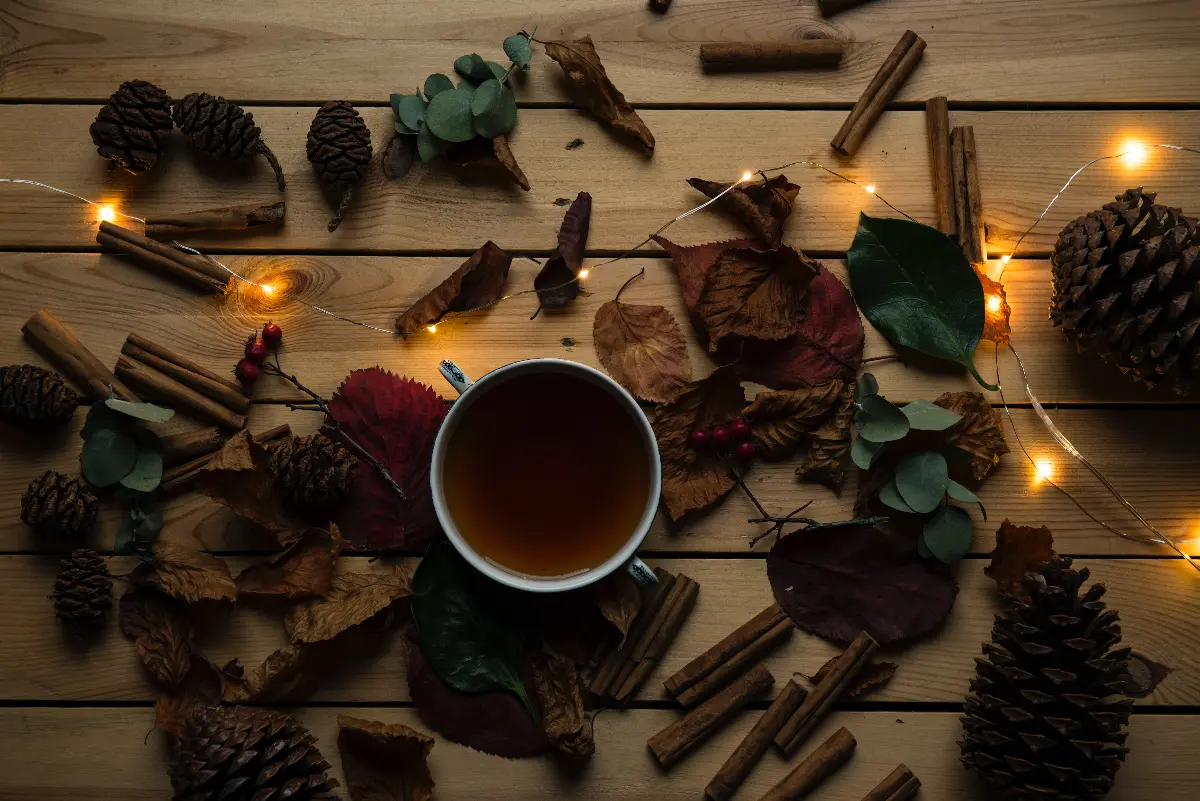
Ginger bonus: a small but magical root
Ginger is not particularly aesthetically pleasing, with its small, gnarled appearance. But peel it or cut it into rings and it’s easy to see that the unattractive exterior hides a promising interior. It is also delicious in food, but you can also serve it as a tea: boil some chopped ginger and after a few minutes, you can sip the fragrantly steaming drink. If you want to make it even tastier, add a squeeze of fresh lemon and sweeten with honey: you might find the experience like getting a liquid hug.
Thanks to its high vitamin and mineral content, ginger can help stabilise blood sugar levels, relieve coughs, fight viruses and other pathogens, and even relieve nausea and pain caused by arthritis. And after that, what more can you ask for than a few pleasant sips of tea on the sofa?!





